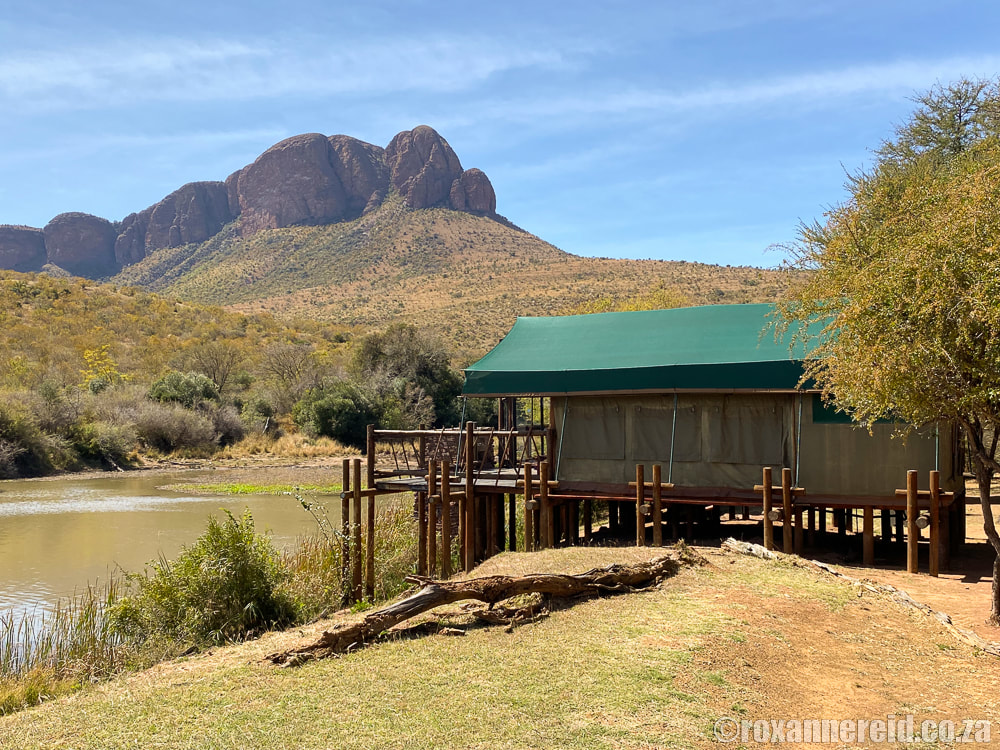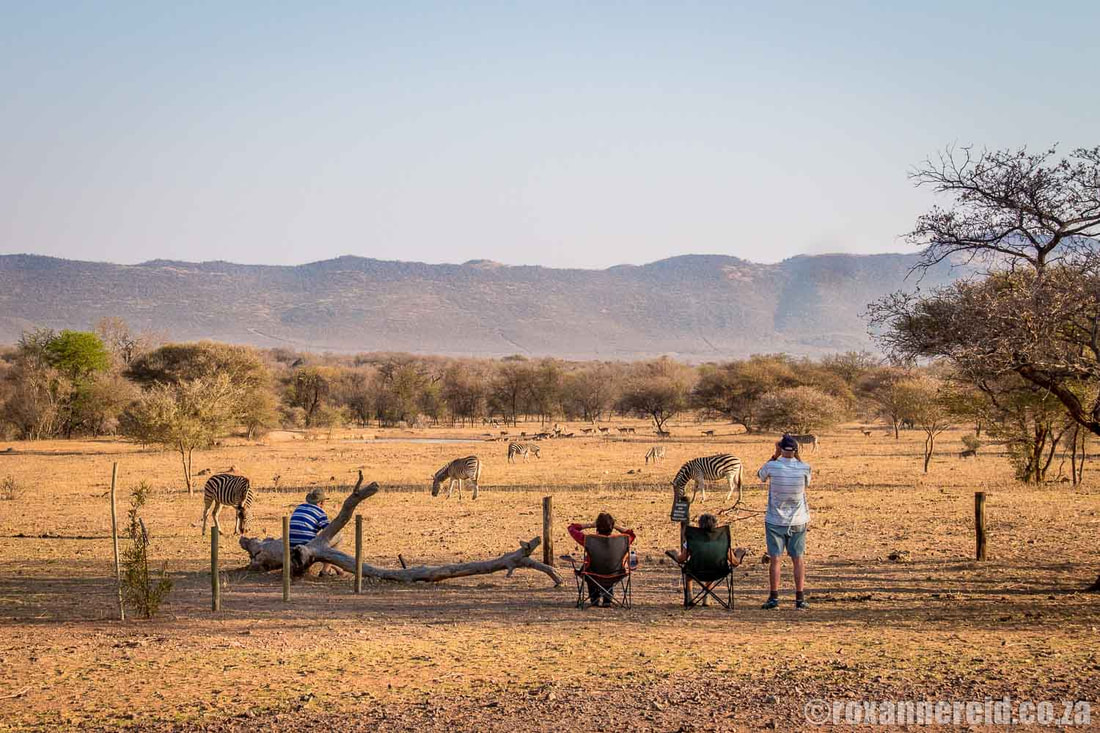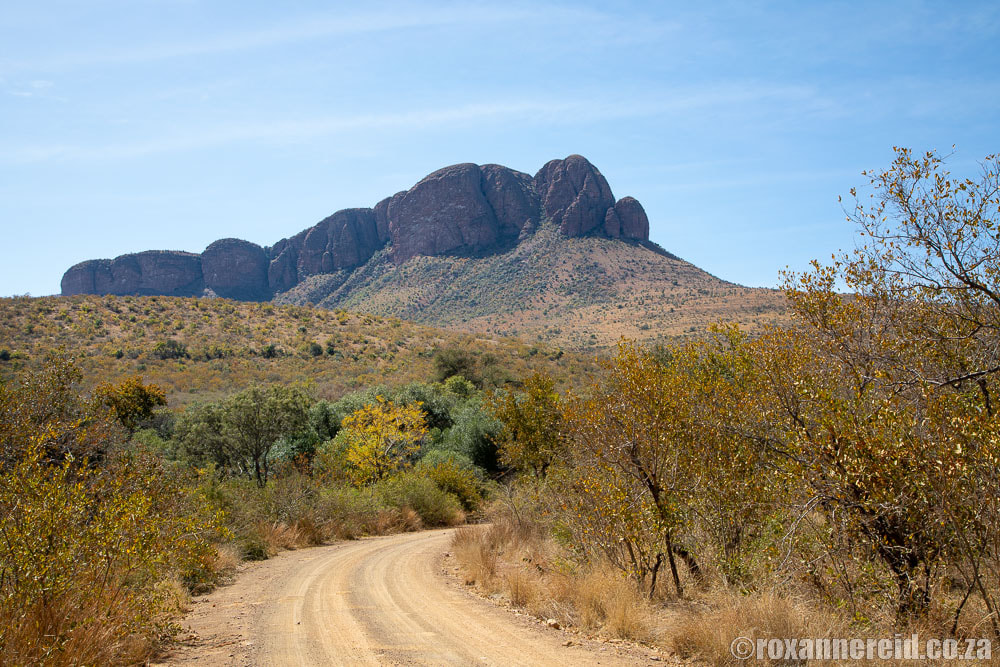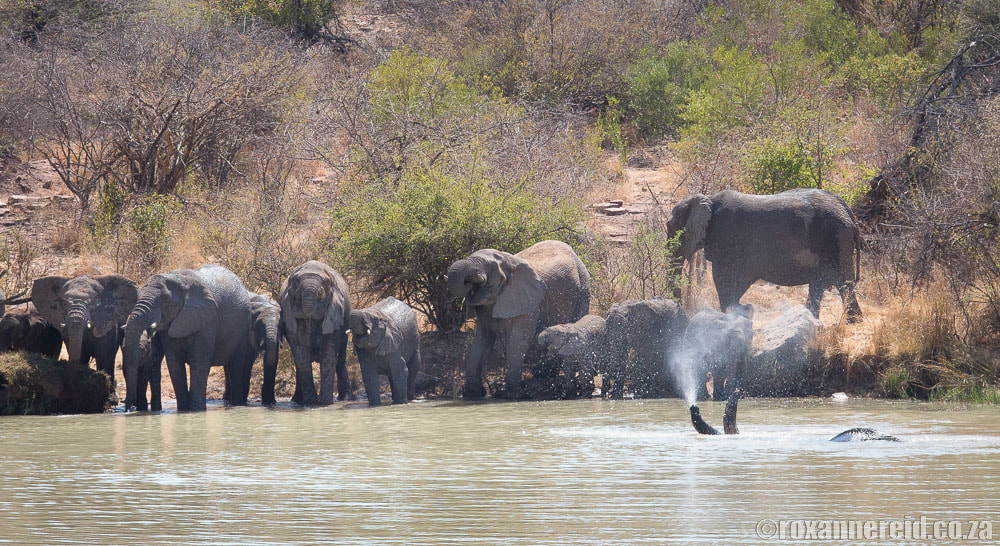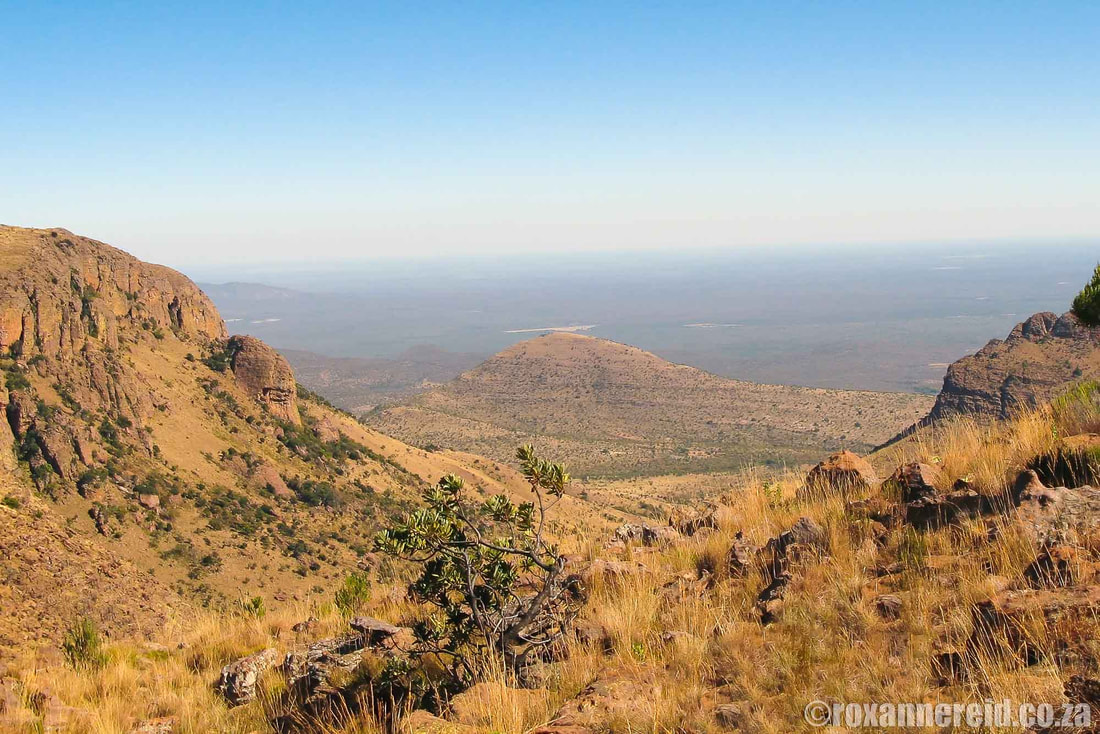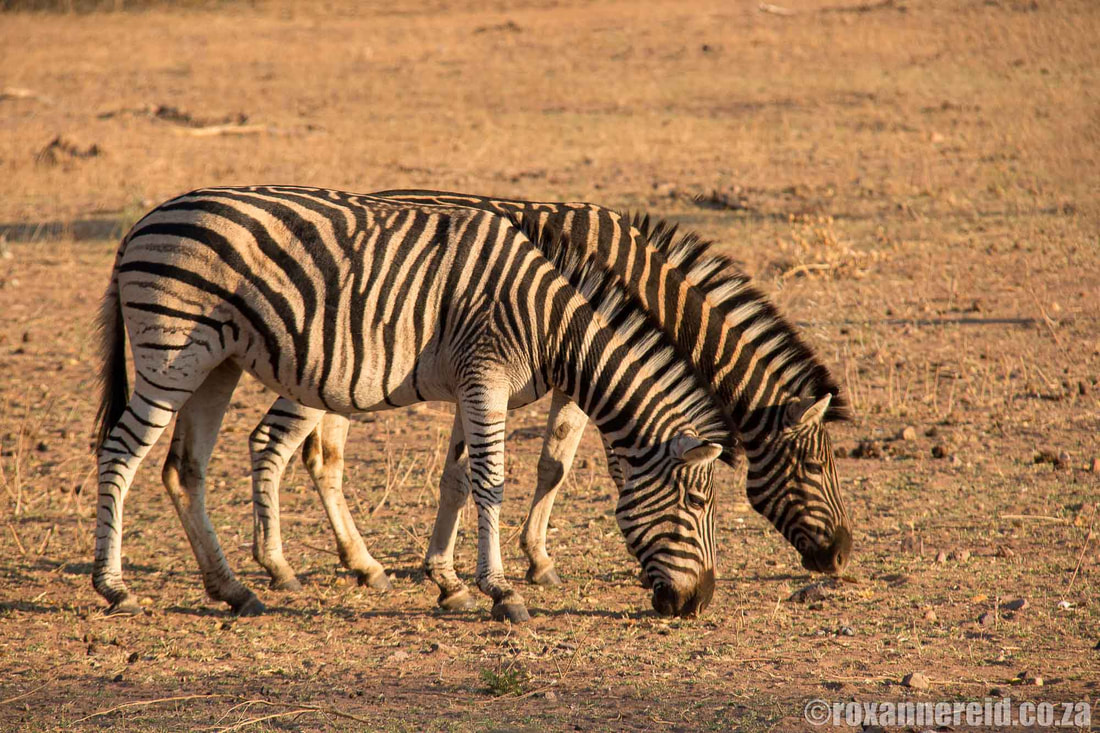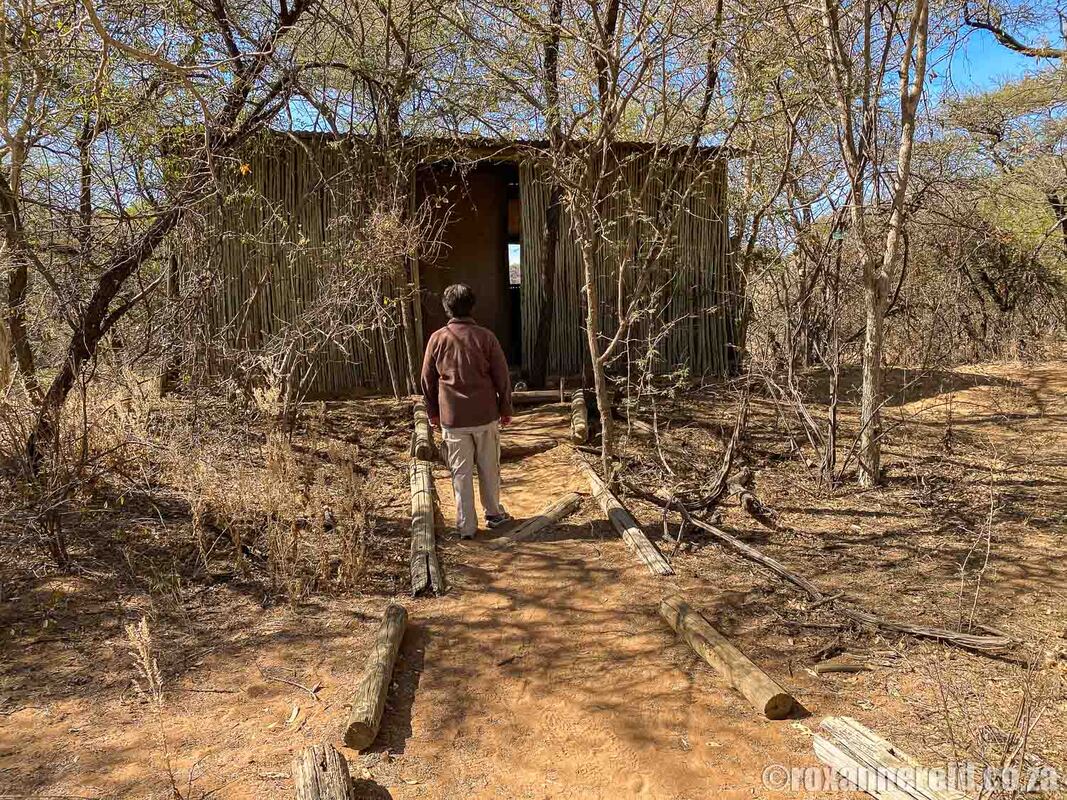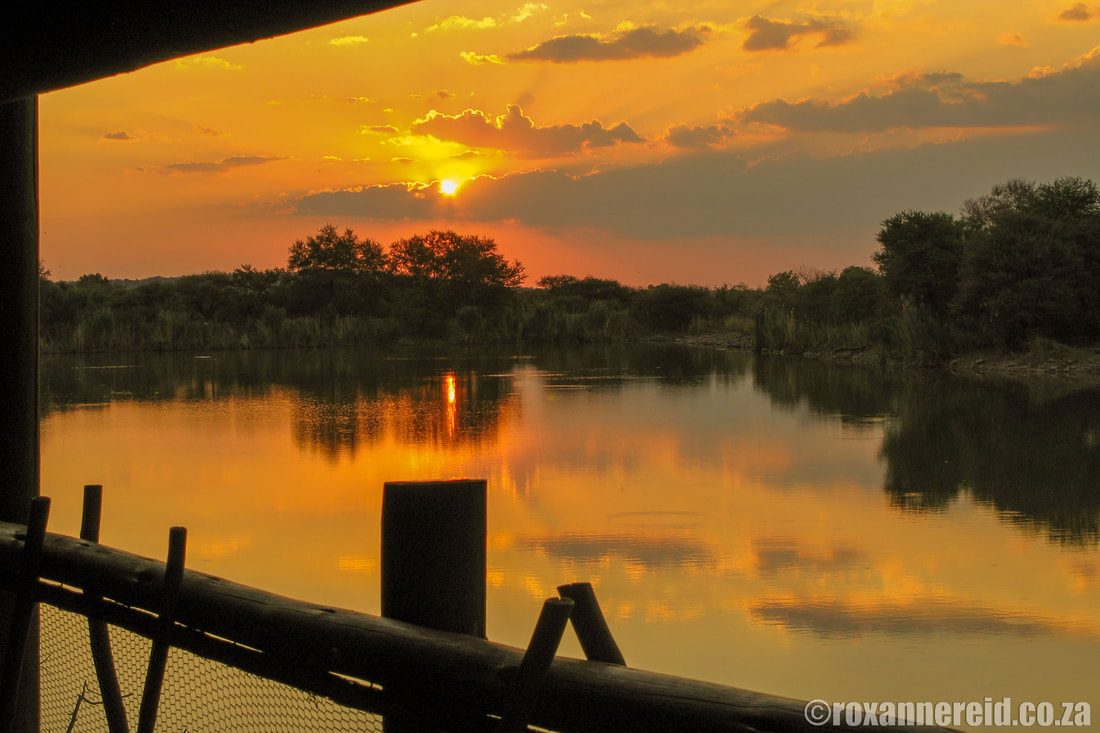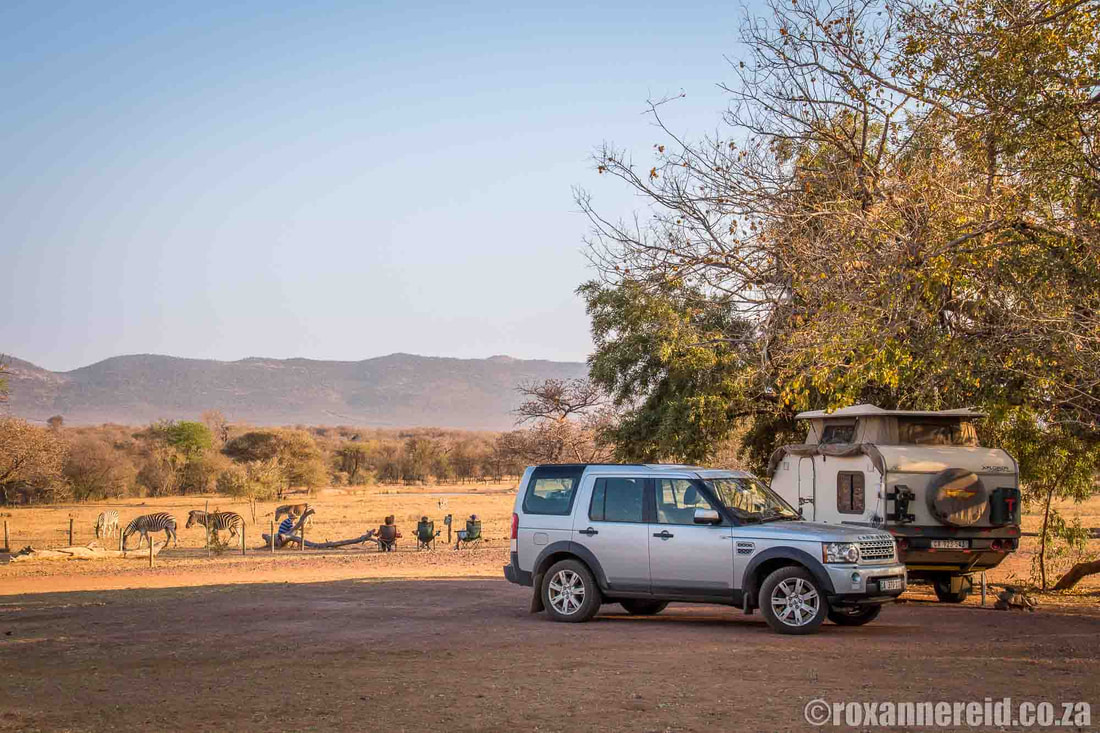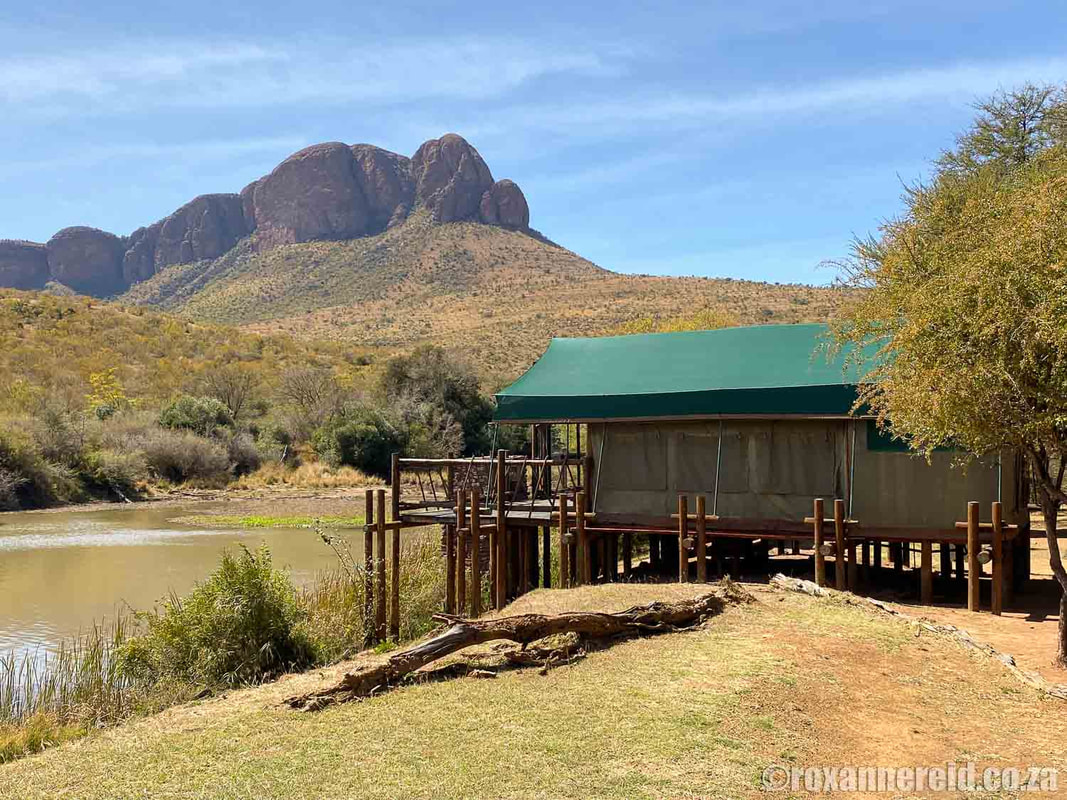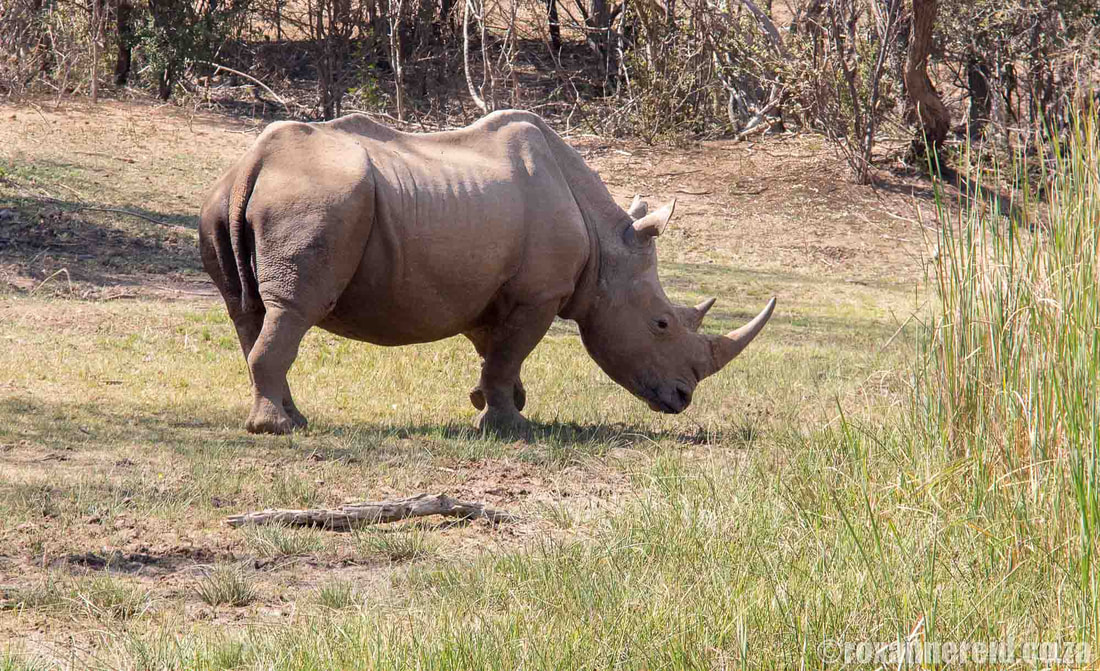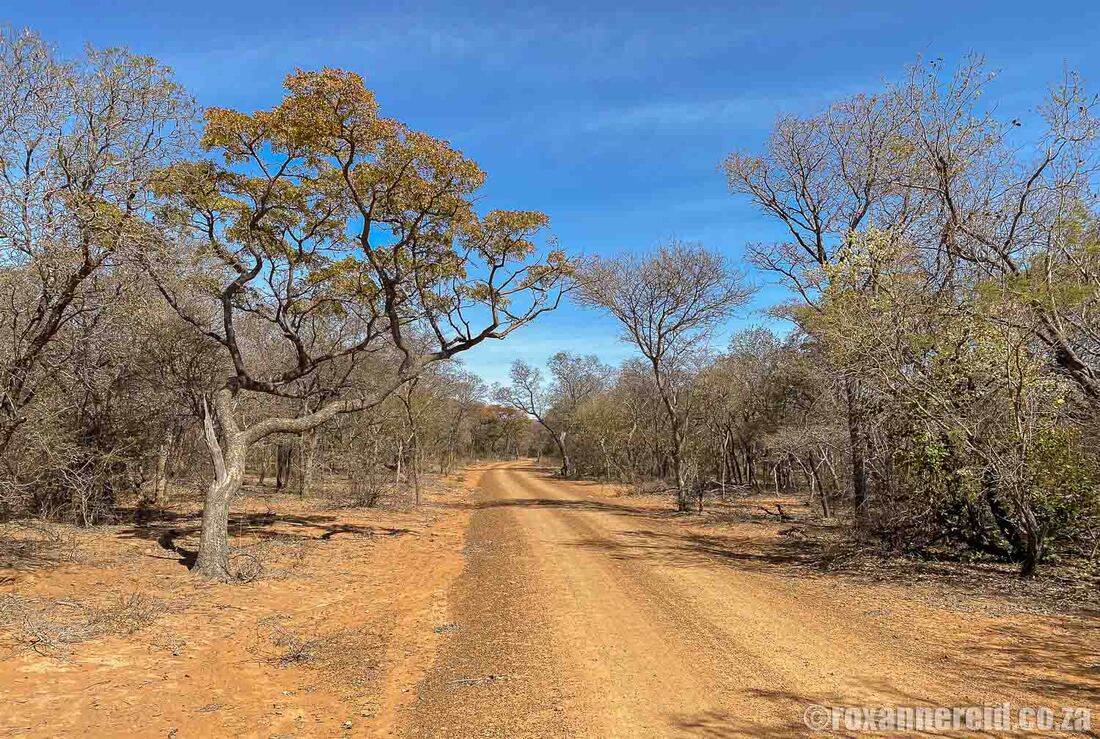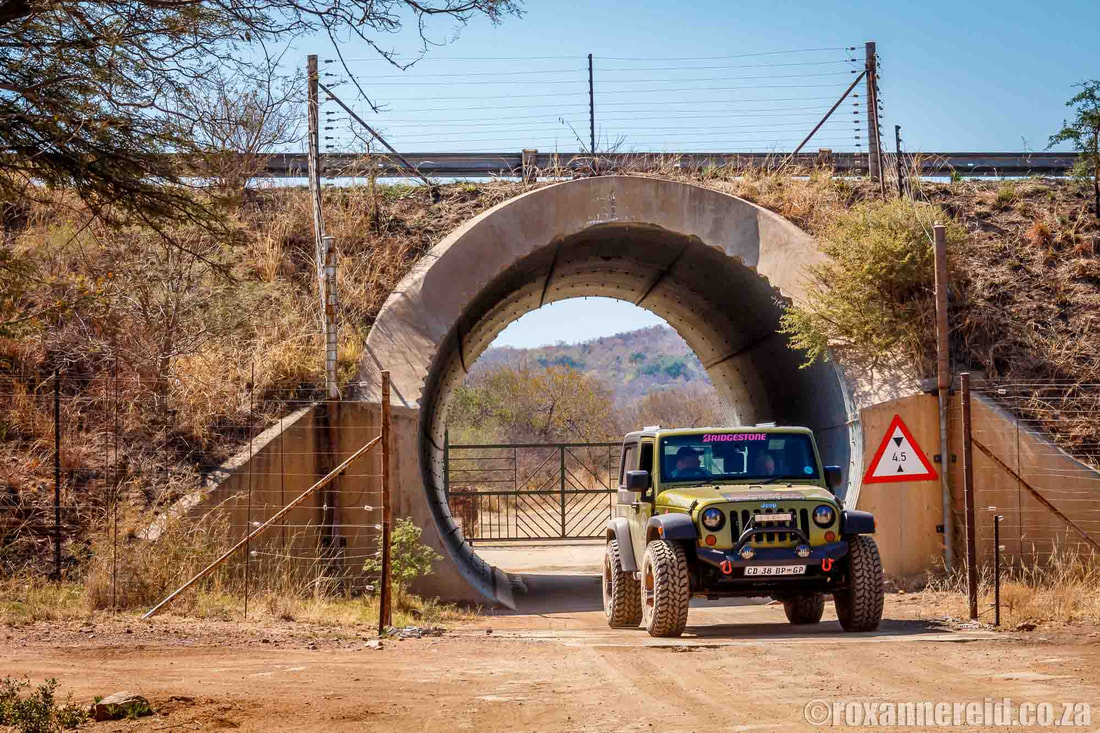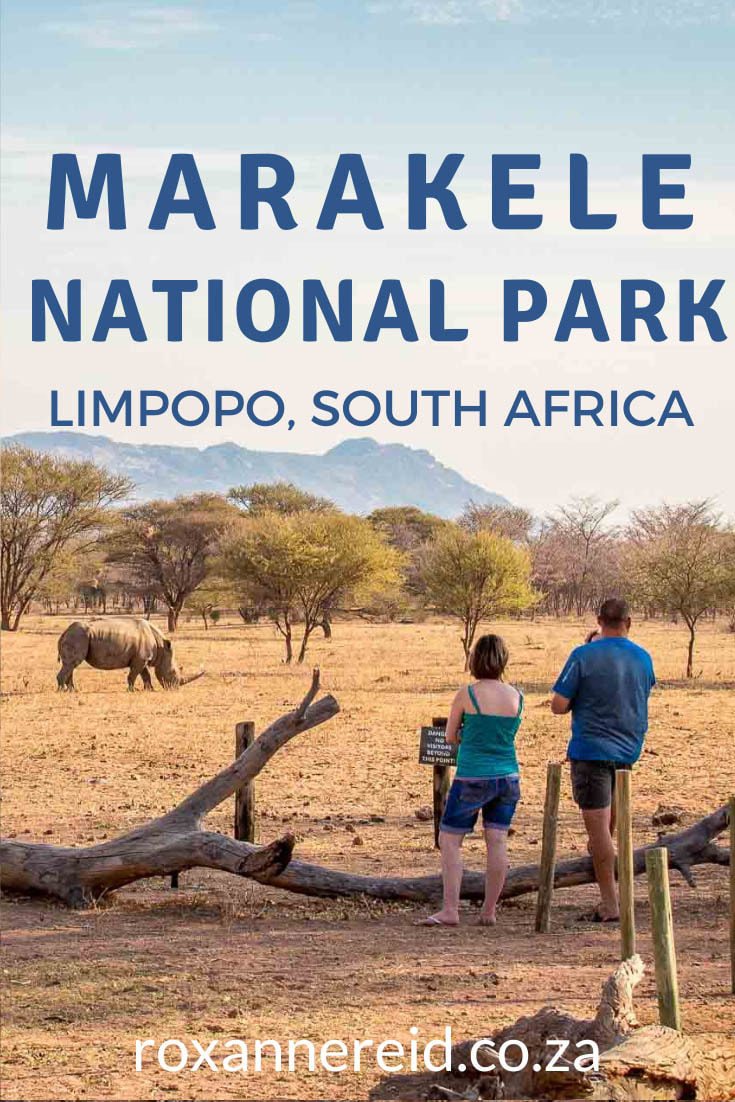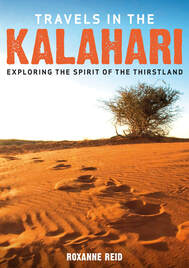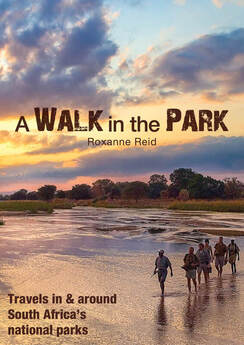Huddling among rocky peaks and valleys in the heart of Limpopo’s Waterberg mountains, Marakele is a place of wild beauty and a refuge for large game species. It’s also home to one of the world’s largest breeding colonies of Cape vultures, some 300 other bird species and more than 700 plant species. Here’s everything you need to know about Marakele National Park.
Marakele National Park lies 270km north-west of Johannesburg gives you a chance to look for the Big 5 (lion, leopard, rhino, elephant, buffalo) and many other large mammals like giraffe, zebra and antelope. It also has a diversity of vegetation from thornveld and woodland to forest and grasslands. Sculptural cedar trees, floppy-headed tree ferns and the threatened Waterberg cycad, which grows up to 4m tall, are among the 765 plant species you might find here.
Perhaps the most popular birding attraction is one of the world’s largest colonies of endangered Cape vultures, which you can see on a drive to the top of the Waterberg massif, enjoying spectacular views along the way. Other raptors also use the uplift created by the cliff faces to ride the thermals, including Verreaux’s and Wahlberg’s eagle, black-chested and brown snake eagle.
The western part is where you’ll find the main entry gate, reception and the Bontle Tented Camp and Bontle camp site. The bush-covered plains here are a good place to find zebras, antelope, giraffe and birds, as well as to enjoy trees like velvet raisin tree, weeping boerbean, wild pear (full of creamy blossoms in August), red bush-willow and silver cluster-leaf.
Best things to do at Marakele National Park
2. Join a morning or sunset drive with an experienced guide who can tell you more about the park’s mammals, birds and trees, as well as read the tracks in the sand. Guided drives are always a highlight and a chance to learn something new. In addition, early morning or sunset drives are among your best chances to spot lions. Book your drive at reception beforehand and meet your guide there at the designated time.
While you’re at Lenong viewpoint, you might also get a visit from some smaller birds, like Cape rock thrush and mocking cliff-chat. Look out, too, for the Kransberg widow (Dingana jerinae) if you visit in November. This is the only place in the world that this brown butterfly with yellow and orange markings occurs. It’s classified as vulnerable.
6. See how many birds you can chalk up in your few days at Marakele, which is excellent for bushveld birds given that it lies in a transition zone between the dry western regions and the moister eastern regions of South Africa. Apart from the large breeding colony of Cape vultures (see point 3), Marakele is home to some 300 species, including Verreaux’s and Wahlberg’s eagle, lanner and peregrine falcons, purple roller, wailing cisticola, black crake, African finfoot, crimson-breasted shrike, pin-tailed and shaft-tailed whydahs, orange-breasted bush-shrike, redbilled firefinch and blue waxbill.
8. Drive the Marakele 4x4 Eco Trail at the top of the Waterberg mountains in the far east of the eastern section of the park. The trail takes three days and two nights. You’ll sleep over at two unfenced bush camps with enviro-loos. You’ll need a 4x4 with low range and high clearance. No trailers are allowed and only five vehicles (plus the guide’s) are allowed at a time. Your guide will enrich your experience with his interpretation of the eco-zones, wildlife, tracks, and geology of the Waterberg Biosphere Reserve.
Departures are on Tuesdays and Fridays in the dry season (April to October) only. You can expect a difficulty level of 3 (low-range and some off-road experience needed) to 5 (extremely technical, for experienced drivers only). Get more info about the trail and how to book here.
9. See if you can find some of the endemic Waterberg cycads (Encephalartos eugene-maraisii) that grow up to 4m tall. They’re named after author and poet Eugene Marais, who lived in the Waterberg for 16 years. The cycad is listed as endangered on the IUCN Red Data list, which means it faces a high risk of extinction in the wild. It grows on the mountains at altitudes of 1400-1500m so your best chance of spotting them up close is on the 4x4 eco trail (see point 8 above).
Marakele accommodation
Western section
Bontle Campsite
Bontle Tented Camp
The tents are small but clean and neat. Each has a bathroom with loo and shower, place to hang your clothes, and an air conditioner that’s very welcome in the heat of summer. A separate enclosed kitchen is fully equipped with two-plate cooker, microwave, fridge/freezer, and all the cutlery, crockery and pans you need to self-cater. There’s a braai and a stoep with a small table and chairs where you can sit with a cup of coffee or a glass of wine to enjoy the environment.
Our first choice of tent here is number 10, which is on the end so you don’t get people driving past you, although it does make for a longer walk to see if anything has come to drink at the waterhole beyond the camp site. Our second choice at the end of the lower row would be number 1.
Watch out for the shrewd – and very fast – vervet monkeys at the camp. We heard people shouting at them so they must have stolen some food. Don’t leave anything unattended outside and when you’re out keep all food out of sight and the kitchen cage locked. Also, remember that the camp is unfenced so keep an eye out and don’t walk beyond the designated area, which is clearly marked with poles and signs. Remember that even passive-seeming animals like warthog and giraffe can inflict potentially lethal wounds if they feel threatened by you.
Eastern section
Tlopi Tented Camp
Be aware of naughty baboons and monkeys at your safari tent; keep food locked away out of sight in the kitchen cupboards and close up everything when you go out. Remember that although the camp is fenced, there's no gate and animals may roam through, so keep an eye out, especially if you have small children.
Our favourite tent here is Loerie because it’s right on the end so you don’t get other visitors driving past you. My second choice would be Barbet next door.
Motswere Guest Cottage
Motswere (which is the Setswana name for the leadwood tree) is a farmhouse that has been converted into a guest cottage. It lies north of Tlopi Tented Camp and sleeps 8 people in 4 bedrooms and has 2 bathrooms so is best suited for large families or groups of friends. A well-equipped kitchen has a stove with oven, fridge/freezer, microwave, kettle, cutlery, crockery, and pots and pans – everything you need for a self-catering stay. There’s a wide stoep, braai and benches too, a place to enjoy views of the surrounding Waterberg mountains. The area around the cottage is fenced to keep game out so it’s safe for children.
Motswere is about 27km from the main entrance gate and you need a 4x4 or high-clearance vehicle to get there along the rugged or sandy (and potentially muddy) road. Remember that travelling along such roads is slower than it would be on tar so make sure you check in with enough time to get there.
Facilities
- There’s a picnic site on the Tsessebe Loop in the western Kwaggasvlakte section of the park. There are braais and picnic tables and benches, but you need to bring everything else yourself. It’s not like Kruger National Park where you can hire a skottel and pay attendants to wash your dishes.
- The Thutong Environmental Centre has 16 rooms and 6 en-suite rooms to accommodate learners and teachers. There’s also an auditorium that can seat 140 people for environmental education workshops.
- There’s no fuel station in the park so don’t forget to fill up at Thabazimbi 12km away before you arrive.
- There’s no restaurant and no shop selling groceries or toiletries so bring all your food, drink and other necessities with you for your self-catering stay. There’s a small independent shop not far from reception where you can buy wood and ice.
- There’s no ATM in the park; the closest is in Thabazimbi 12km away.
Marakele in Limpopo province is about a 4 to 4.5-hour drive north-west of Johannesburg. You can follow the N1 to Bela-Bela, then turn left along the R516 via Mabula and Leeuport to Thabazimbi (about 320km), or drive to Brits and along the R511 via Beestekraal to Thabazimbi (about 270km). Marakele is 12km north-east of Thabazimbi.
If you’re visiting Marakele just after being at Mapungubwe National Park further north (a total distance of some 450km), your route will take you via Alldays and Lephalale to Thabazimbi. Allow lots of travel time because approximately 100km of road between Alldays and Swartwater is really, really bad, with loads of big potholes and long stretches of completely disintegrated tar (August 2022).
Find Marakele National Park on Google Maps here.
Some 80km of Marakele’s roads are suitable for normal 2x4 sedans although high clearance can be an advantage. Your sedan will be able to get to the Bontle Tented Camp and Bontle Campsite and handle most of the western section (Kwaggasvlakte), although you may have to take it slowly on some of the rougher patches.
In the eastern section, a sedan will also get you to the Tlopi Tented Camp and along the narrow tar road to Lenong viewpoint where the vulture colony is. For most of the other roads, like the Mbidi Loop in the eastern section and others, a 4x4 is preferable. There’s also a 4x4 road that turns off the Mbidi Road north-east of Tlopi Tented Camp, but you need to pay a fee at reception to drive it. It’s not long and comes to a dead end so you have to return the same way.
If you don’t have a 4x4, check with reception when you book in which roads are passable in a sedan. Also watch out for signs at turn-offs that warn you of 4x4-only roads otherwise you might get into difficulties or damage your car. If you visit after rains, expect some damage to the gravel roads.
There’s a tunnel under a public road – controlled by an electric gate – that allows you to pass from one section of the park to the other.
The climate of the Waterberg area of Limpopo where Marakele lies is classed as warm temperate, with summer rainfall. Average annual rainfall varies from 485mm on the plains to 720mm in the highest parts of the Waterberg mountains, with more than 90% of it falling between October and April. Heavy thunderstorms can occur on summer afternoons.
Summers are hot, with maximum temperatures from around 26 degrees Celsius to the mid 30s. Because of the rain, summers are green and lush, making for attractive photos although thick bush may impede game viewing.
The winter months of May to August are Marakele’s dry season. Greenery withers and water sources in the veld dry up so animals stay close to water in places like Bontle Dam, Bollonoto Dam and Tlopi Dam, making this a good time for game viewing. Early mornings and nights in winter can be cold, with minimum temperatures of around 1 to 6 degrees, but the days are mild and sunny with temperatures in the low to mid 20s.
- Don’t forget to fill your fuel tank at Thabazimbi (12km from the park) because there’s no fuel station at Marakele.
- There’s no restaurant and no shop so you need to bring all your food, drink and other necessities with you for your self-catering stay (or pop out to shops in Thabazimbi 12km away). When you check in, the receptionist will point out a small independent shop not far from reception where you can buy wood and ice.
- There’s no ATM in the park.
- Reception only accepts credit cards but do bring cash to tip your guide if you plan to join a guided drive or bush walk.
- In addition to your accommodation fee, there’s a daily conservation fee payable per person for each day you’re in the park, unless you have a Wild Card, in which case you don’t pay the conservation fee. If you’re visiting other parks within a year of visiting Marakele, getting a Wild Card is often worthwhile. See all the details on the link above.
- Gate opening times are 6:00 to 18:00 from September to April and 6:30 to 17:30 from May to August. Gate times also apply to day visitors, with the caution that no day visitors will be allowed to enter after 16:00 from September to April or after 15:30 from May to August, and they must be out by the normal closing times.
- If you’re driving a sedan, ask reception to point out on the map they give you which roads are safe for you to drive without a 4x4.
- Note that the speed limit in the park is 40km/h – for your safety and that of the animals.
- Be aware of baboons and vervet monkeys in the camps. If you’re going out on a game drive make sure your tent and kitchen are closed/locked and that any food is securely packed away from sight.
- Please don’t feed the animals. They will become used to this and it creates problems down the line.
- Marakele National Park is a malaria-free area.
- Cellphone reception is patchy in the park but there is both Vodacom and MTN at Tlopi and Bontle tented camps, and Bontle Campsite. It may not be as fast a connection as you’re used to, but it does work.
- Stay on the designated roads. Driving off road into the veld for any reason causes ecological damage and you may incur a fine if a ranger catches you where you’re not supposed to be.
- Don’t get out of your vehicle except at clearly designated spots like the bird hide, picnic site and Lenong viewpoint. Being out of your car at a non-designated place may incur a fine if you’re caught.
- Always carry plenty of water in the vehicle in case of a breakdown or other emergency.
- Don’t forget to pack your camera/phone, binoculars, hat and sunscreen.
- Never pluck any plants or even pick up dead wood for kindling your camp fire. Both are offences that may incur a fine.
- For all rates and bookings, contact SANParks Central Reservations, tel +27 (0)12 428-9111, email [email protected].
- Marakele’s website is https://www.sanparks.org/parks/marakele/.
- For any other queries, Marakele’s direct telephone numbers are +27 (0)14 777-6928/29/30/31.
You may also enjoy
Bontle campsite in Marakele National Park
The leopard man of Limpopo
Mapungubwe National Park: everything you need to know
Like it? Pin this image!
